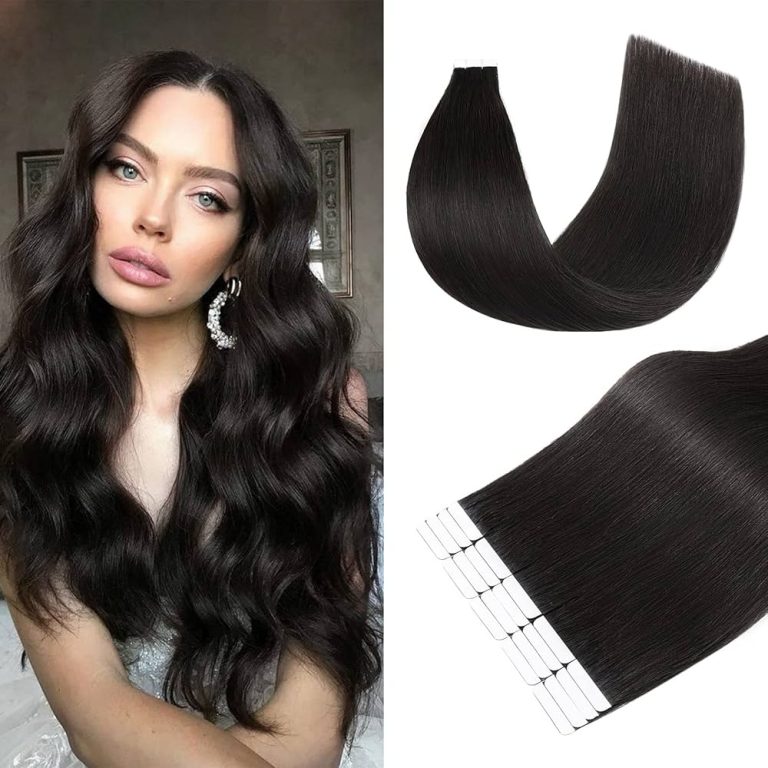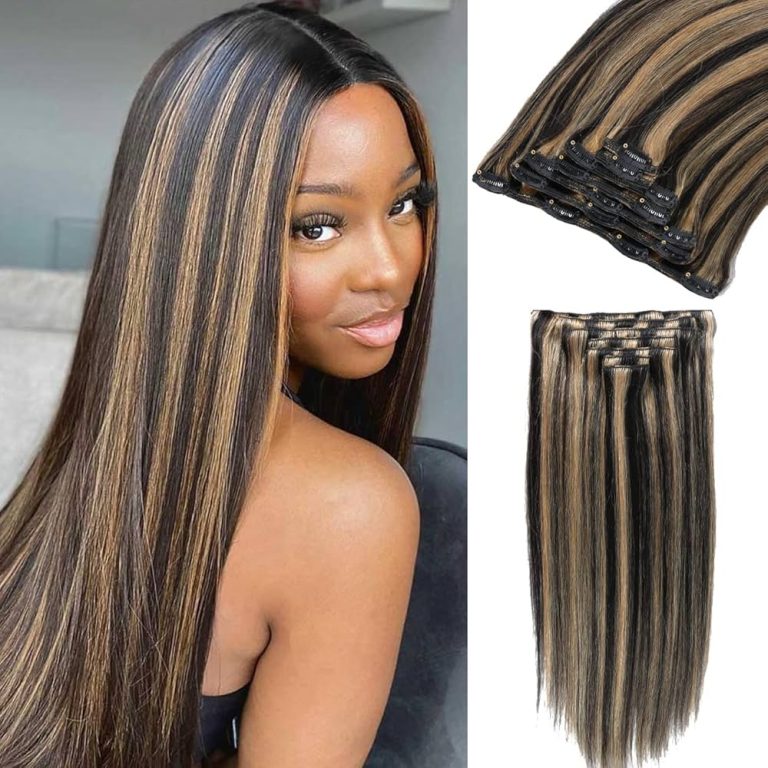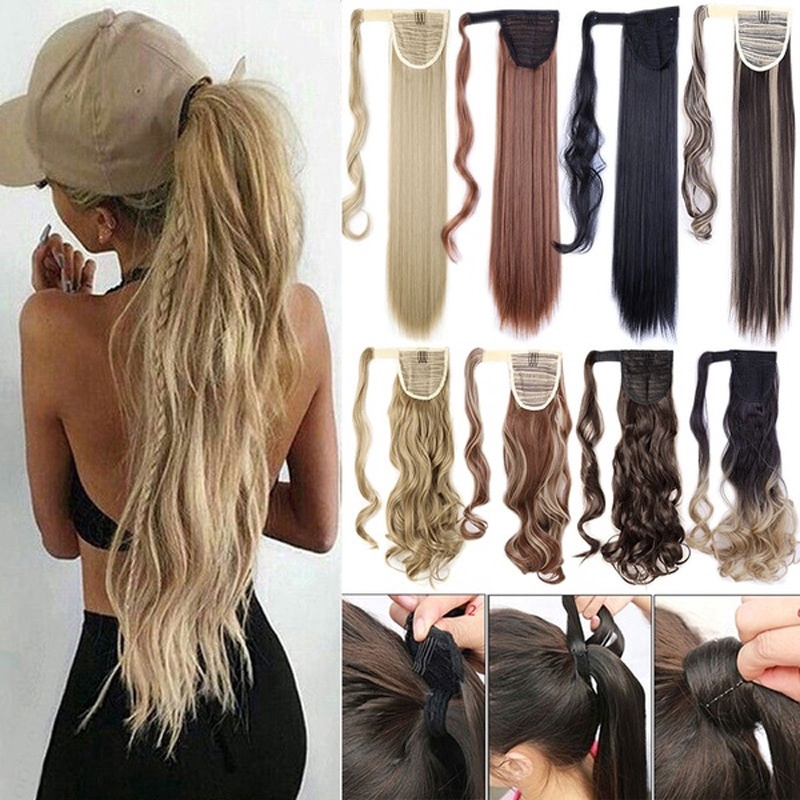
Avoiding Bad Hair Extensions Mistakes: Selecting the Right Type
Identifying Quality Hair Extensions
Quality hair extensions can transform your look, but it’s crucial to choose wisely to avoid the pitfalls of bad hair extensions. Here are key points to ensure you’re selecting high-grade extensions:
- Examine the Texture: Real human hair extensions should feel smooth and move naturally. If the extensions feel excessively coarse or brittle, they might be of inferior quality.
- Check for Shedding: Gently run your fingers through the extensions. If you notice a lot of hairs falling out, this indicates poor craftsmanship.
- Inspect the Wefts: The wefts should be sewn tightly and evenly. Loose or unraveling threads suggest a lack of quality control during manufacturing.
- Hair Cuticle Alignment: Look for extensions where the hair cuticles are aligned in the same direction to prevent tangling and matting.
- Uniform Color: Quality extensions have uniform color throughout. If you notice a lot of discolored strands, it’s a red flag.
- Use of Synthetic Fibers: While some extensions blend human hair with synthetic fibers, purely synthetic extensions often do not match the quality of 100% human hair.
By being vigilant and inspecting potential hair extensions thoroughly, you can avoid the disappointment and damage associated with bad hair extensions. Remember, investing in high-quality extensions pays off in the long run with a natural look and better durability.
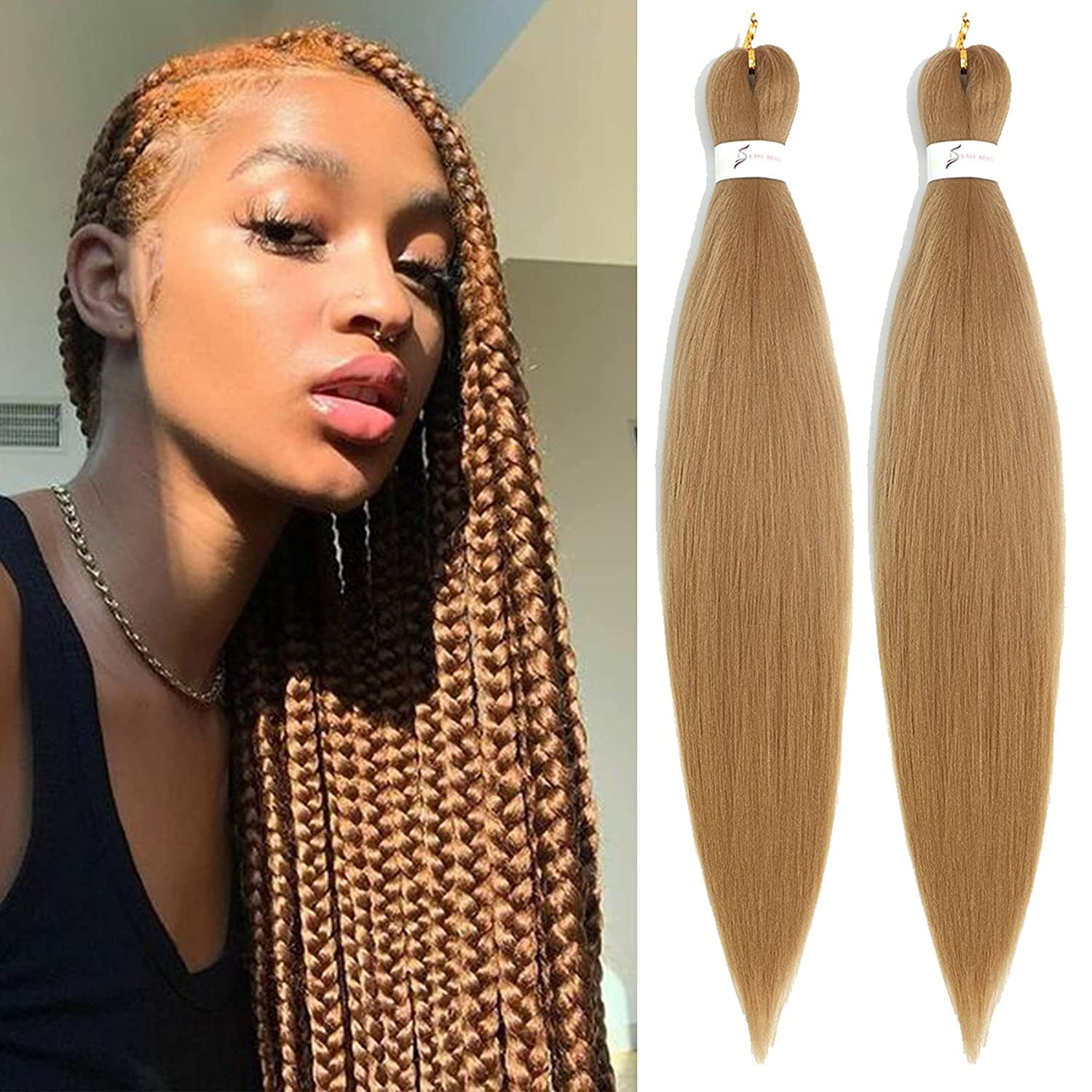
Common Application Errors to Avoid
When applying hair extensions, precision and care are essential. It’s easy to rush the process, but this often results in mistakes that diminish the extensions’ appearance and wearability. Here’s a list of common application errors to steer clear of:
- Improper Sectioning: For a natural blend, extensions must be placed where your hair is thick enough to conceal them. Avoid attaching them too close to the hairline or scalp which can lead to discomfort and visibility.
- Overloading Strands: Attaching too many extensions to a single strand of hair can cause stress to your natural hair. It’s important to distribute the weight evenly to prevent damage.
- Neglecting Tension: Excessive tension when applying can lead to scalp pain and even hair loss. Always ensure extensions are secure but not overly tight.
- Using the Wrong Tools: Employing incorrect tools can damage the extensions and your hair. Utilize the recommended tools for the hair extension type you’ve chosen.
- Skipping a Strand Test: Always conduct a strand test to check for potential allergies or issues with bond strength. Skipping this can lead to unexpected reactions or slippage.
- Ignoring the Hair Texture Match: Hair extensions should closely match the texture of your natural hair. Using a different texture can make the extensions stand out and look unnatural.
By avoiding these common errors, you’ll ensure that your hair extensions look seamless and maintain the integrity of your natural hair. Remember, avoiding bad hair extensions starts with correct application, so take your time and follow best practices for the best results.

Selecting the Right Type of Hair Extensions
Choosing the right type of hair extensions is crucial for a natural look and comfortable wear. There are several options available, each with its own set of benefits.
- Clip-ins: These are temporary extensions that you can easily attach and remove daily. They are great for occasional wear and cause minimal damage to your natural hair.
- Tape-ins: Tape-in extensions are semi-permanent and can last for several weeks. They are quick to apply and suitable for adding volume and length uniformly.
- Sew-ins/Weaves: For those who prefer a more permanent solution, sew-ins are stitched into braided hair. They work well with thick hair and offer a durable option.
- Micro-links/Micro-beads: These extensions attach to small sections of your natural hair using beads. They require no heat or glue and can be reused, offering a balance between longevity and hair health.
- Pre-bonded/Fusion: These are bonded to your hair with adhesive. They offer a very natural look but can be damaging if not installed and removed correctly.
When selecting extensions, consider your lifestyle, hair type, and how long you intend to wear them. For temporary styles, clip-ins might be the best choice. If you desire a long-term look, consider micro-links or sew-ins. Always match the extension type to your natural hair texture for the most seamless appearance. Avoid bad hair extensions by choosing the type that’s right for you and committing to proper maintenance.
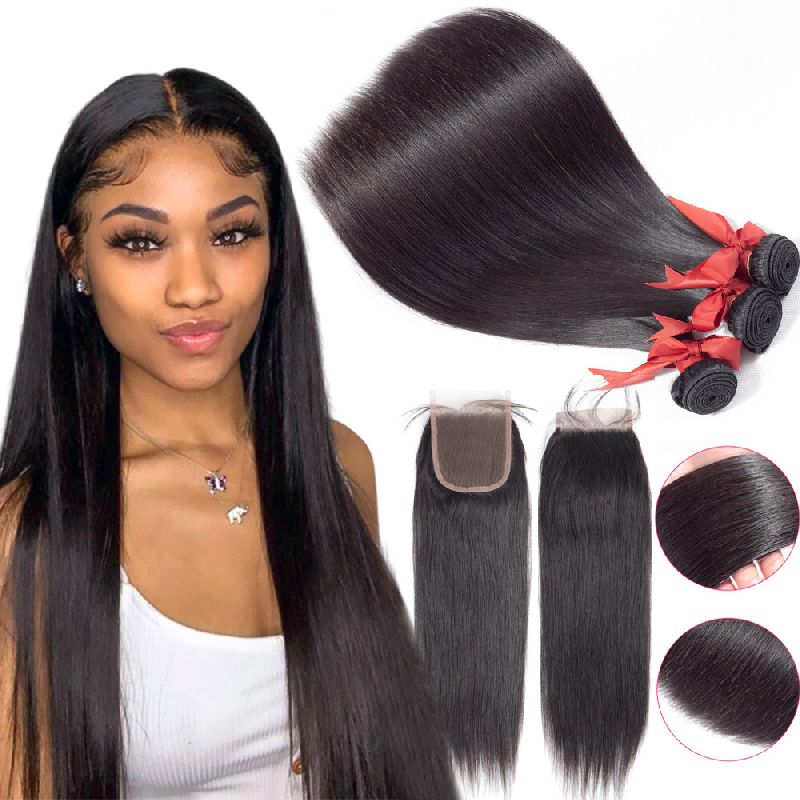
Maintaining Hair Extensions for Longevity
Maintaining hair extensions properly ensures they last longer and continue to look great. Here are some tips for longevity:
- Gentle Brushing: Brush extensions carefully with a soft-bristle brush. Start from the ends and work upwards to avoid pulling.
- Protective Styling: Opt for styles that tuck away the ends. This helps to reduce wear and tear on the extensions.
- Washing with Care: Use sulfate-free shampoos and conditioners. Wash your extensions gently and avoid scrubbing them.
- Avoid High Heat: Use the lowest temperature setting when using heat styling tools. Heat can damage both natural hair and extensions.
- Use Leave-in Conditioners: Apply leave-in conditioners to keep the extensions hydrated. Dry extensions can become brittle and prone to breaking.
- Nighttime Protection: Before bedtime, put your hair in a loose braid or wear a silk cap. This prevents tangling and friction.
- Regular Maintenance: Visit your stylist for regular upkeep. Professionals can address any issues and keep extensions in top shape.
- Avoid Salt and Chlorine Water: Saltwater and chlorine can cause damage. Wear a swim cap or rinse hair immediately after swimming to protect it.
By following these steps, you can avoid the effects of bad hair extensions. Good care will add to their longevity and keep them looking as good as new.
Professional vs. DIY Installations: Pros and Cons
When it comes to installing hair extensions, you can choose between professional or DIY methods. Both approaches have their advantages and drawbacks. Understanding these will help you avoid bad hair extensions.
Professional Installation Pros
- Expertise: Stylists possess the skills necessary for a secure and natural look.
- Customization: Professionals tailor installations to suit your hair type and style preferences.
- Time-Saving: A salon appointment ensures quick and efficient service.
- Durability: Professionally installed extensions often last longer due to expert techniques.
Professional Installation Cons
- Cost: Salon services can be expensive compared to DIY methods.
- Scheduling: Appointments may not always fit your timetable.
- Dependency: Relying on a salon can make you less self-reliant for hair care.
DIY Installation Pros
- Savings: Installing extensions yourself is more budget-friendly.
- Flexibility: You can apply, adjust, or remove extensions on your own time.
- Learning: Doing it yourself helps you learn about your hair and personal style.
DIY Installation Cons
- Risk of Mistakes: Without proper know-how, you might damage your hair or the extensions.
- Time-Consuming: DIY methods usually take longer than professional services.
- Results: Achieving a natural and lasting look may be harder to attain on your own.
In conclusion, weigh the pros and cons before deciding on a method. Going to a professional ensures quality installation, which can prevent bad hair extensions consequences. On the other hand, if you feel confident and have the time, DIY installation may save you money and offer convenience. Whichever you choose, follow best practices for the best results.
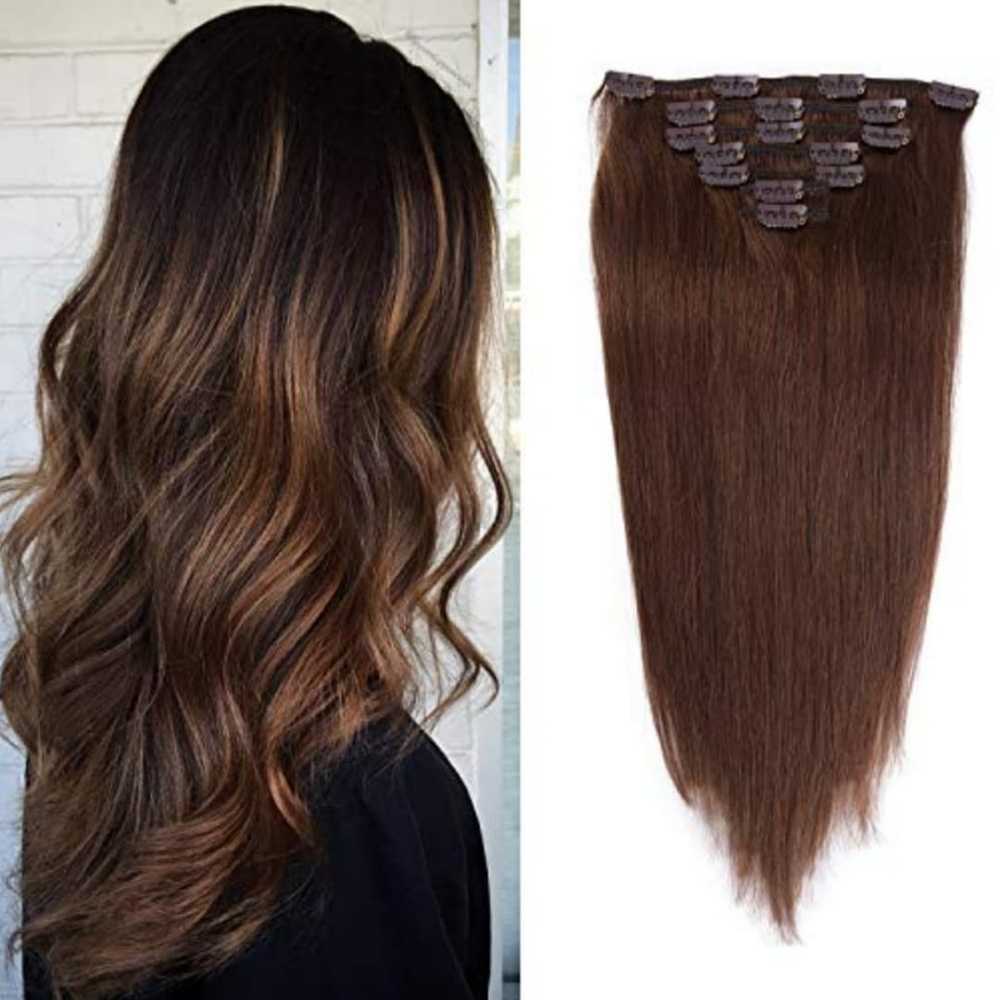
Understanding Adhesive and Bonding Techniques
Choosing the right adhesive and bonding techniques is essential to avoid bad hair extensions. Here are some key considerations:
- Test for Compatibility: Before applying any adhesive, conduct a patch test to ensure there’s no allergic reaction.
- Select Quality Products: Use high-quality bonding products to prevent damage to your natural hair and scalp.
- Follow Instructions: Every adhesive and bonding product has specific instructions—adhere to these carefully.
- Apply Correctly: Use the right amount of product to secure extensions without causing excess buildup or weight.
- Temperature Matters: For heat-activated bonds, ensuring the correct temperature is vital to avoid hair damage.
- Professional Advice: Consult with a hairstylist to choose the best adhesive for your hair type and style.
By understanding and correctly using bonding techniques, you can maintain healthy hair and enjoy beautiful, long-lasting extensions.
Addressing Hair Extensions Myths and Misconceptions
When it comes to hair extensions, many myths and misconceptions can lead to hesitation or bad choices. Addressing these myths is key to ensuring a positive experience with hair extensions. Here are common misconceptions debunked:
- Myth: Extensions Damage Your Hair: While improper application or maintenance can cause harm, quality extensions and correct procedures do not damage healthy hair.
- Myth: They Look Fake: Good quality extensions matched to your hair texture and color will blend seamlessly, looking very natural.
- Myth: Only Long Styles Are Possible: Extensions can add volume or experiment with color, not just length. Variety is vast with extensions.
- Myth: They’re Uncomfortable: Applied correctly, extensions should feel comfortable. Discomfort usually signals a poor application process.
- Myth: Extensions Are Only for Youth: People of any age can wear hair extensions to enhance their look with no age barriers.
- Myth: They Are High-Maintenance: While they require care, maintaining extension is not necessarily time-consuming. Following proper guidelines can simplify the process.
- Myth: You Can’t Style Them: Quality hair extension can be styled just like natural hair, with considerations for heat and tension.
By understanding the truth behind these myths, you can avoid bad hair extension and enjoy the versatility and confidence they provide. Always consult with a professional and educate yourself on proper hair extension care.
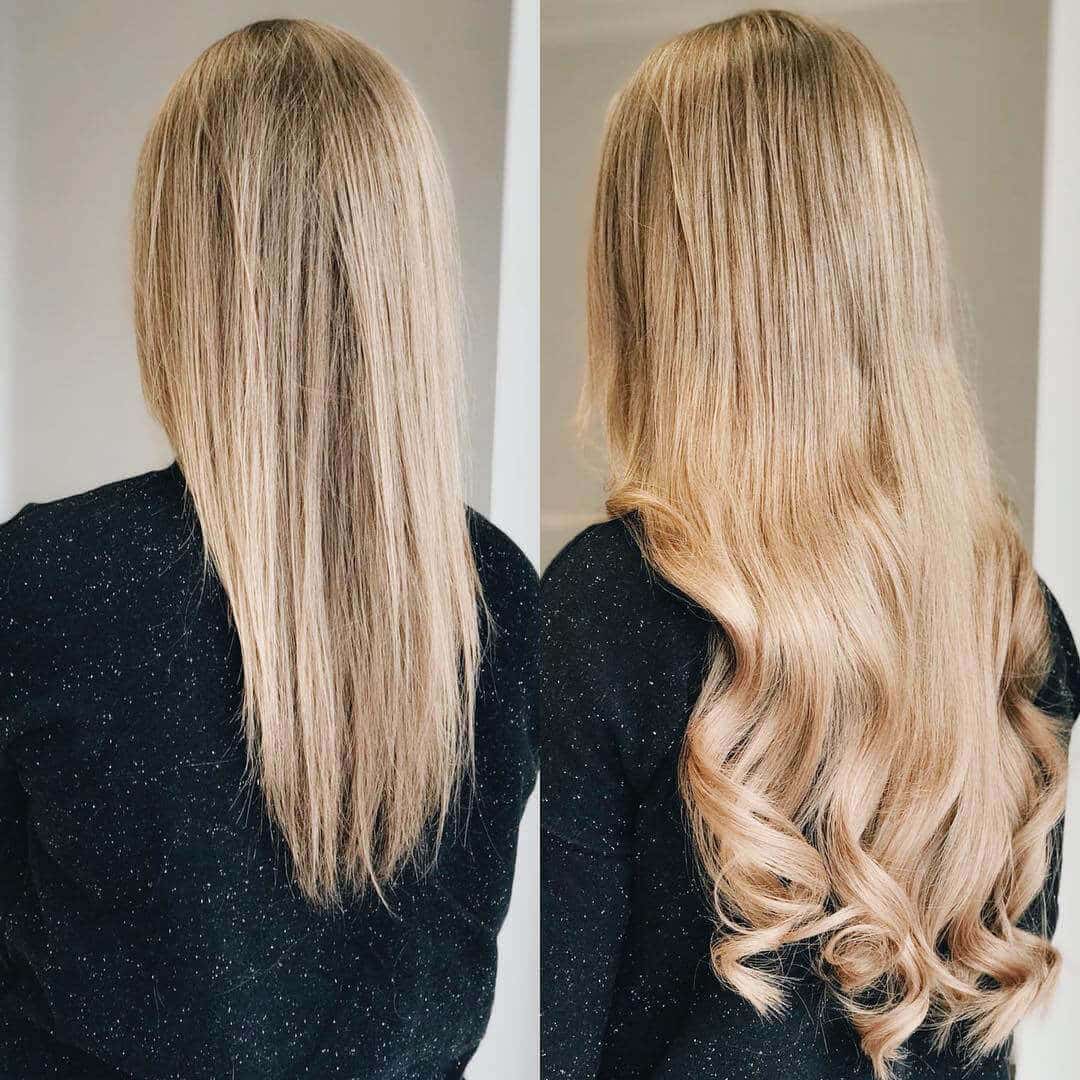
Signs Your Hair Extensions Need Replacement
Recognizing when to replace your hair extension is as crucial as maintaining them. Here are the signs that indicate it’s time for a new set:
- Visible Wear and Tear: If the extension show signs of excessive dryness, matting or tangling, they may be past their prime.
- Shedding: Just like the initial quality check, shedding remains a tell-tale sign. Excessive loss of hairs from the weft suggests it’s time to replace them.
- Difficult to Style: When extensions no longer hold a style or start to look limp and lifeless, consider replacement.
- Color Fading: Good quality extension should retain color. Noticeable fading indicates that the extensions are wearing out.
- Bond Breakdown: If the bonds holding the extension start to fail, it’s safer to replace them to avoid damaging your natural hair.
- Texture Changes: If your hair extension no longer match the texture of your natural hair, they might be degraded and due for replacement.
- Discomfort: Any persistent discomfort could mean that the extensions have shifted or the quality has diminished, necessitating a change.
- Natural Hair Growth: As your hair grows, extension can move away from the scalp. If they can no longer be adjusted, you’ll need a fresh installation.
Remember, addressing these signs promptly can prevent potential damage to your natural hair and keep your overall look fresh and appealing. Regular checks and consultations with a professional will guide you on the right time to replace your extension, ensuring you continue to enjoy the benefits without the downsides of bad hair extension.
